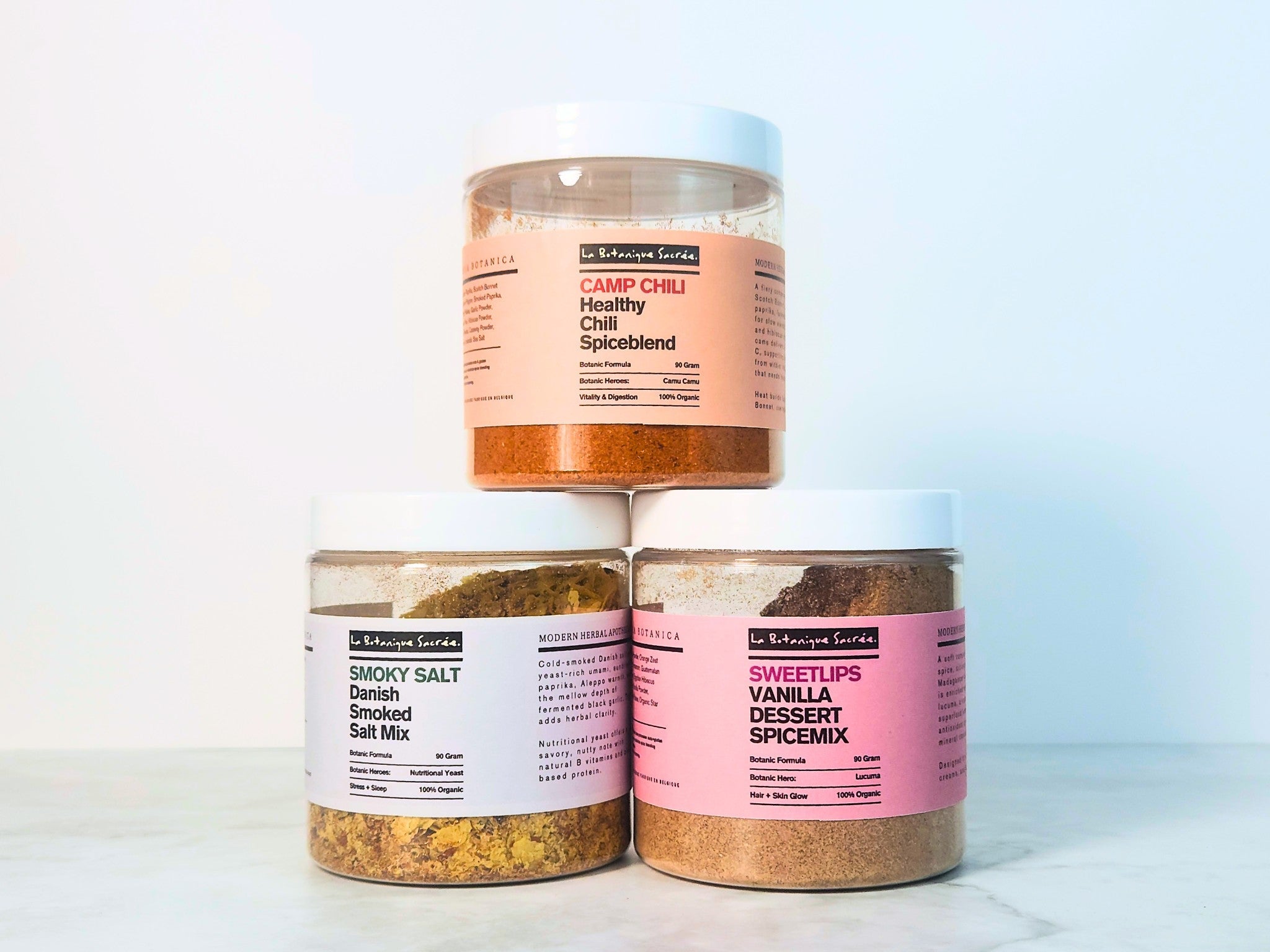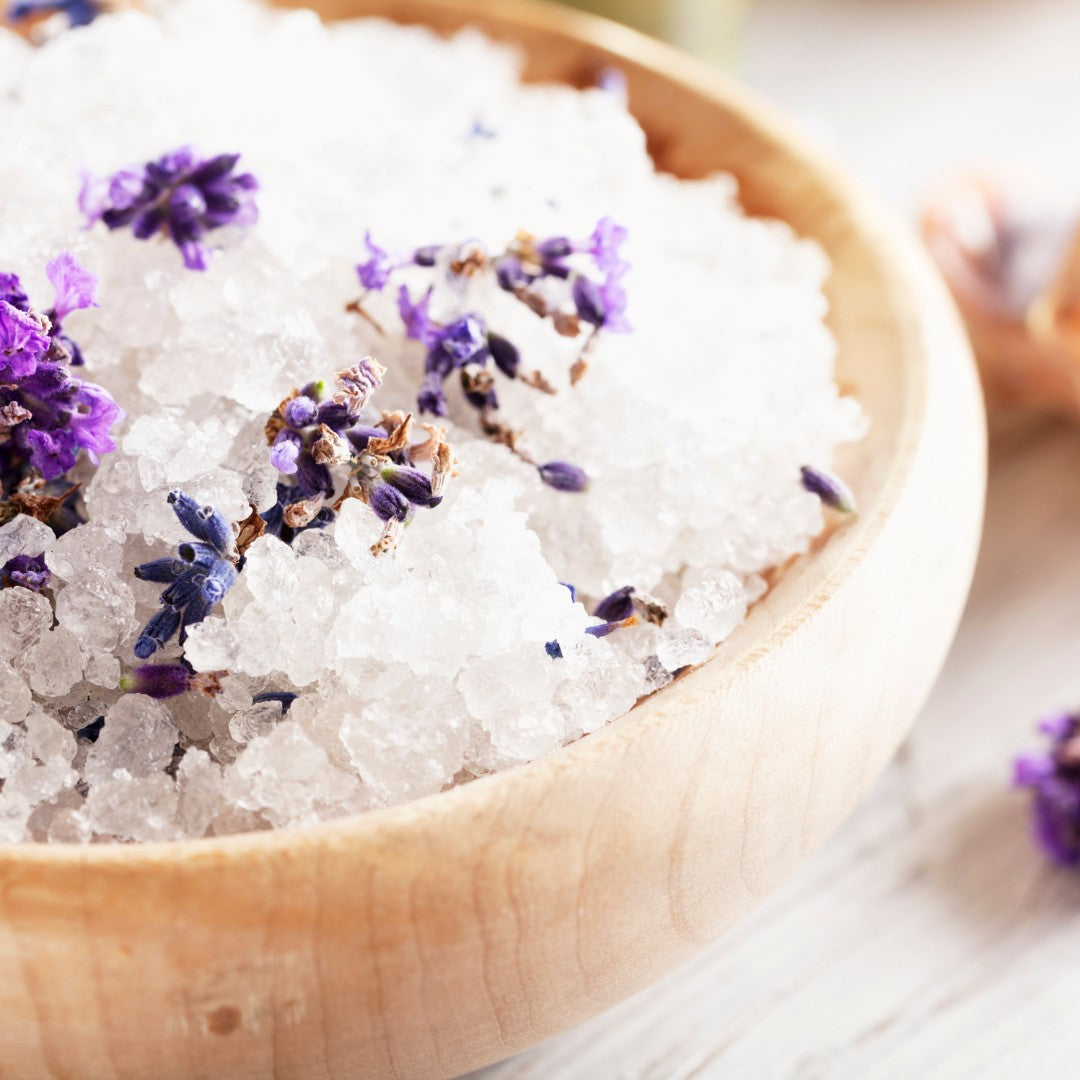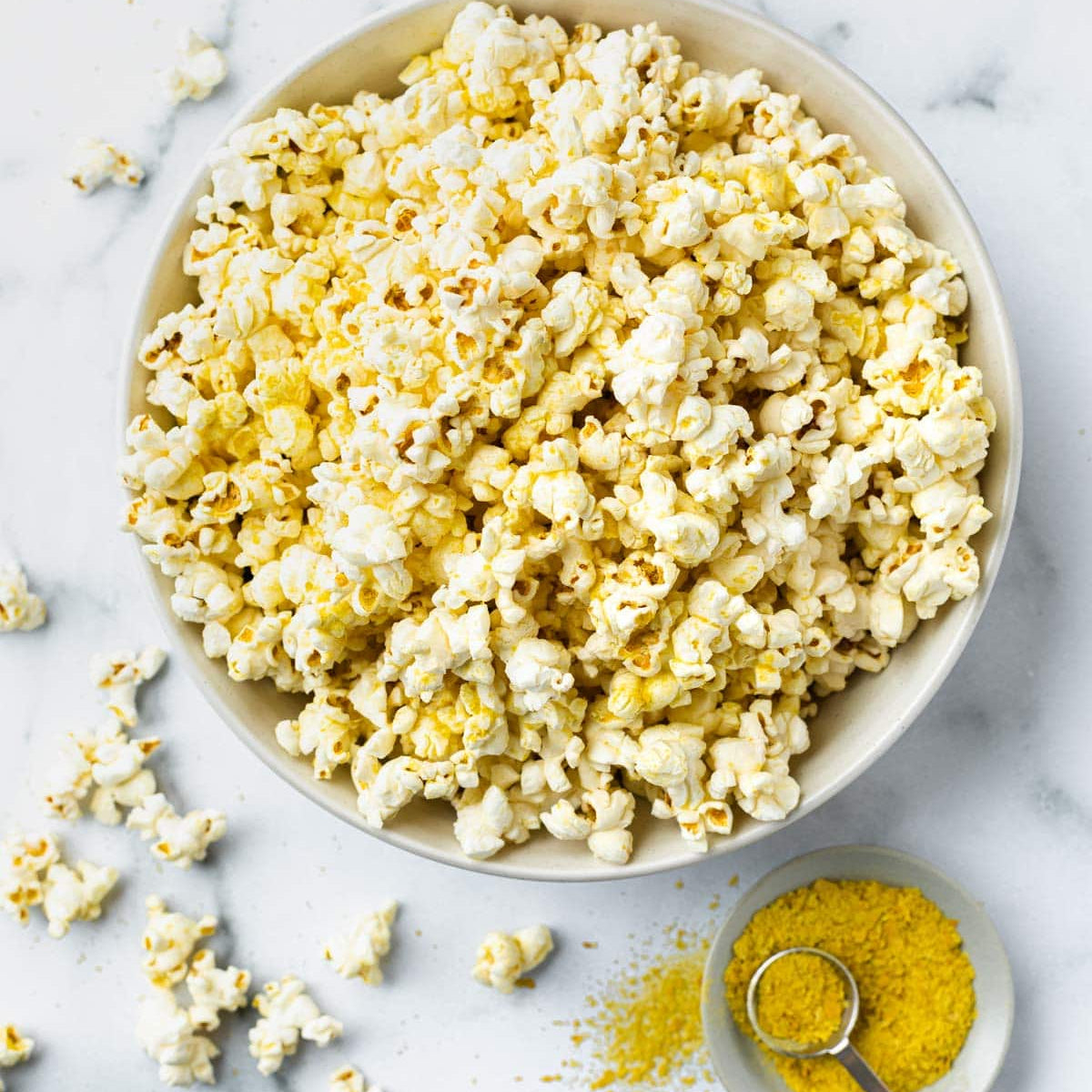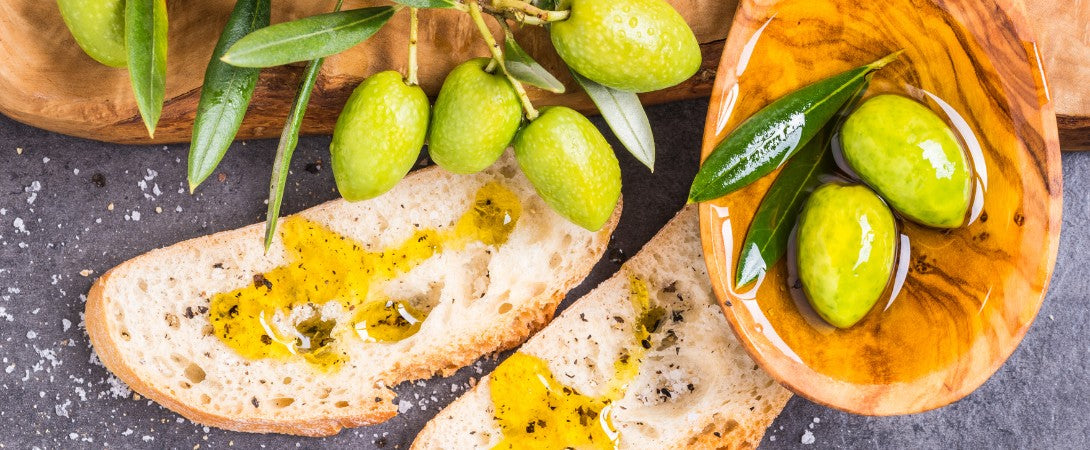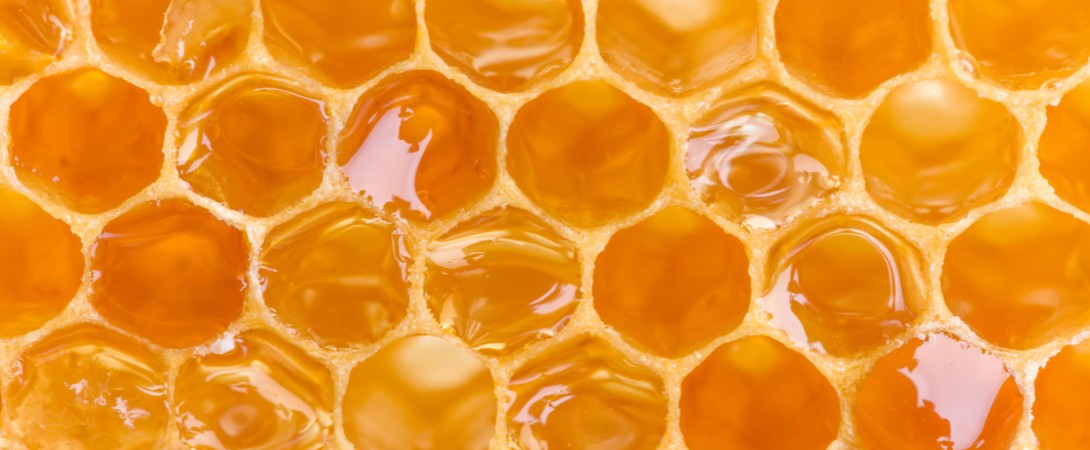Kombu. Ocean mineral. Clean umami.
A cornerstone of coastal cuisines. Thick kelp dried to a deep olive sheet, carrying ocean minerals and a quiet glutamate bloom. In Japan, “kombu” commonly refers to edible kelps such as Saccharina japonica; our house kombu is Laminaria digitata from the Atlantic.
Kombu: History and Culture
Origins And Trade Routes
Edo-period kitamaebune coasters moved Hokkaido kelp south to Osaka and Kyoto, then onward to Edo and via the Ryukyu Kingdom toward China. The “Konbu Road” established stable supply lines and regional styles.
In 1908, Kikunae Ikeda identified umami while analyzing kombu dashi, linking the taste to glutamate and reshaping culinary science. The finding sits at the intersection of home stockpots and modern gastronomy.
Cultural Symbolism and Heritage
Kombu anchored Kansai cooking through refined dashi while regions such as Toyama developed notably high per-capita use. Named varieties by place—Ma-kombu, Rishiri, Rausu, Hidaka—are still prized for distinct broths and simmered dishes.
Kombu: Health Benefits
Contains naturally occurring iodine, a mineral concentrated by brown seaweeds; levels vary widely by species and harvest. Studies report very high iodine concentrations in kombu compared with other seaweeds. European guidance sets a tolerable upper intake for adults at about 600 μg per day; seaweed iodine can exceed this, so moderation is standard practice. Also a source of soluble fibers such as alginate, plus mannitol and trace minerals; naturally low in fat.
Kombu: Science and Composition
Brown macroalga in the family Laminariaceae. Glutamate defines the savory signature, strengthened in stock when paired with inosinate from katsuobushi or guanylate from dried shiitake. Naturally occurring nutrients include iodine, potassium, calcium, magnesium, and small amounts of vitamins; soluble fibers include alginate, fucoidan, and laminarin. Mannitol, a sugar alcohol on dried fronds, contributes gentle sweetness.
Kombu: Tidbits and good to know
Tidbits and Funfacts
The pale white film on quality dried kombu is mostly mannitol crystals; it is a positive quality marker, not mold.
Classic Hokkaido types include Ma-kombu, Rishiri, Rausu, and Hidaka, selected to tune clarity, extraction speed, and depth in dashi.
Synonyms and regional names: konbu (JP), dasima/dashima (KR), haidai (CN).
FAQ
What nutrients is kombu known for?
Brown kelps are notable for iodine and soluble fibers such as alginate, with variable minerals and vitamins depending on species and processing.
How is “kombu” pronounced?
English usage typically renders it KOM-boo; audio references list “kombu” accordingly.
Is kombu the same as kelp?
Kombu is the culinary name for select edible kelps, commonly Saccharina japonica in East Asia; many markets also apply “kelp” generically.
How La Botanique Sacrée Uses KOMBU
Why we use it
For a clean umami scaffold, mineral clarity, and gentle sweetness that rounds acidity and heat. Works in low-moisture blends without chalkiness.
Sourcing Information
Organic kelp powder from Laminaria digitata, hand-harvested off the coast of County Clare, Ireland. Dried at low temperature and milled fine for uniform dispersion.
Products using KOMBU
KAIJU-N — Cajun archetype reframed with Japanese superfoods; kombu and fellow seaweeds build the savory backbone under yuzu and paprika.
NOOCHA Dill Pickles — Nutritional yeast table sprinkle with dill, lemon, and a measured dose of kombu for dairy-like body and depth.




